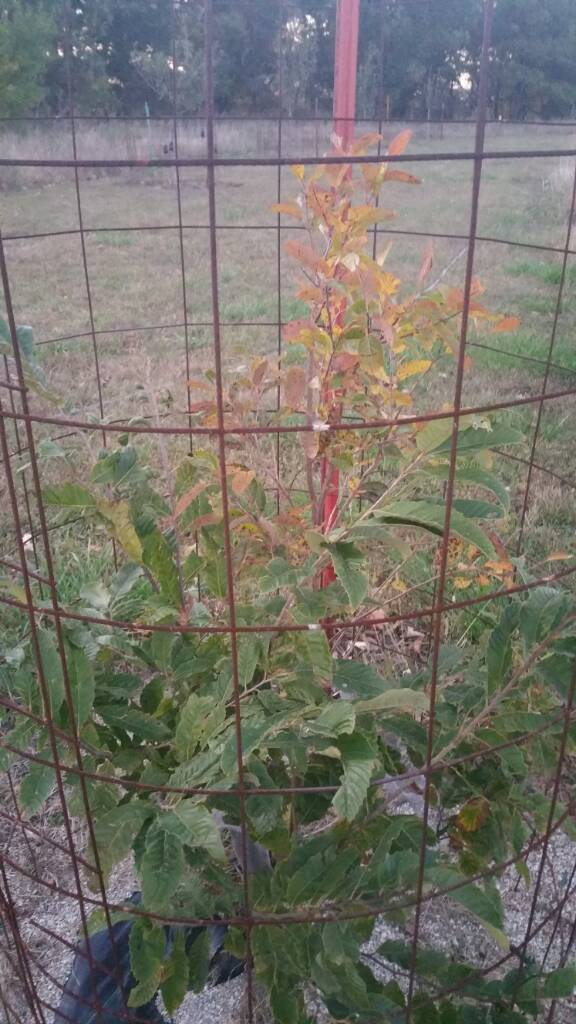j-bird
Well-Known Member
Has anyone out there intentionally layered mast trees. What I mean by this is we can "layer" food plots buy having some plants provide food at a higher physical, while another does the same at a lower height. I am considering trying to do something similar with mast trees. I have a fruit/nut orchard so to speak where I am considering planting mast producing shrubs at the base of taller mast producing trees. Say planting plums under an apple or DCO under a sawtooth or hazelnut under a chestnut. My thinking is that I can take advantage of more space within my "orchard" by essentially have 2 plants in one location. Many of the trees are already in cages so to add a shrub inside the cage seems like a decent idea to take advantage of the 4 to 5 feet off the ground where the tree is being protected and provide some yet additional diversity. Just an idea I am tossing around and looking for some thoughts.....





